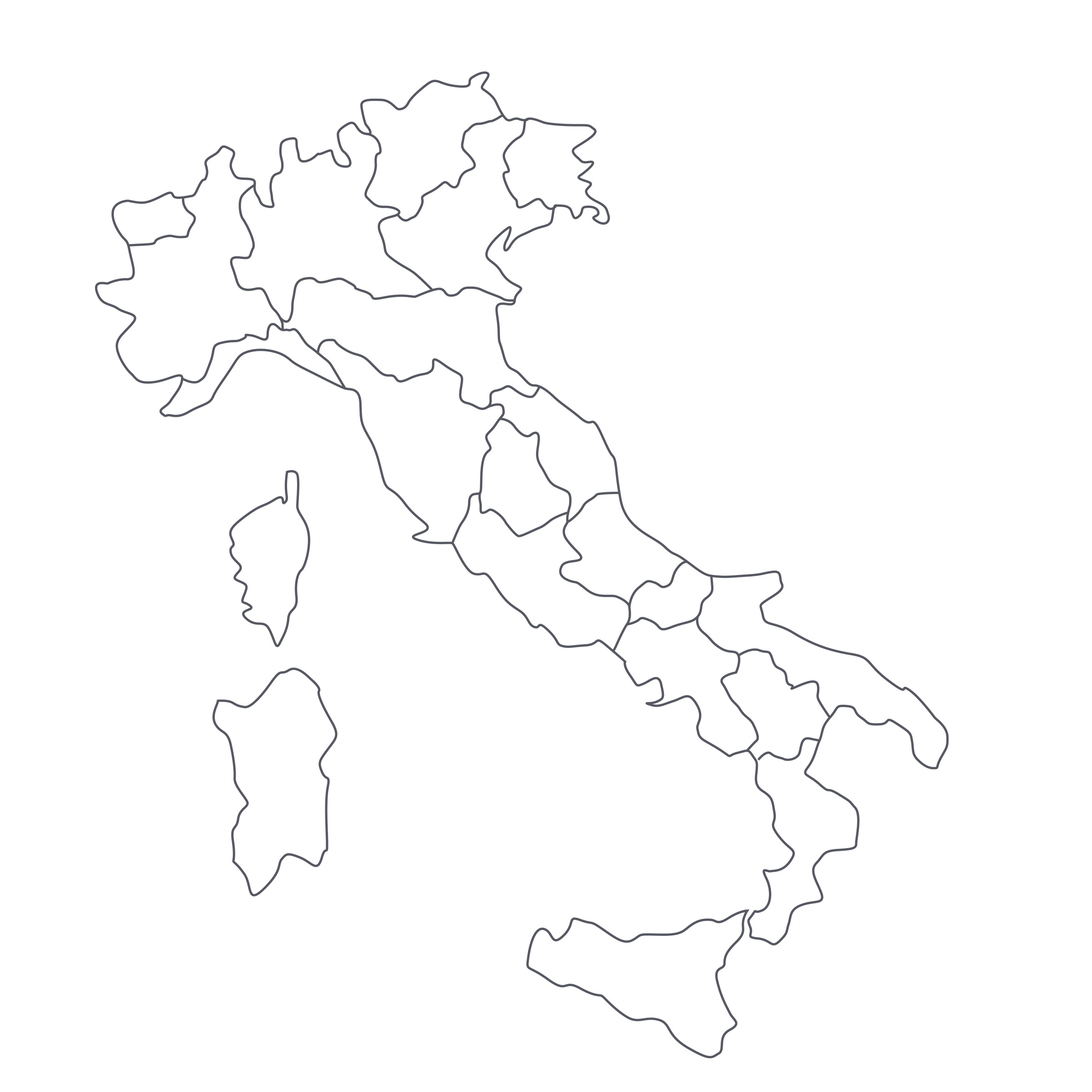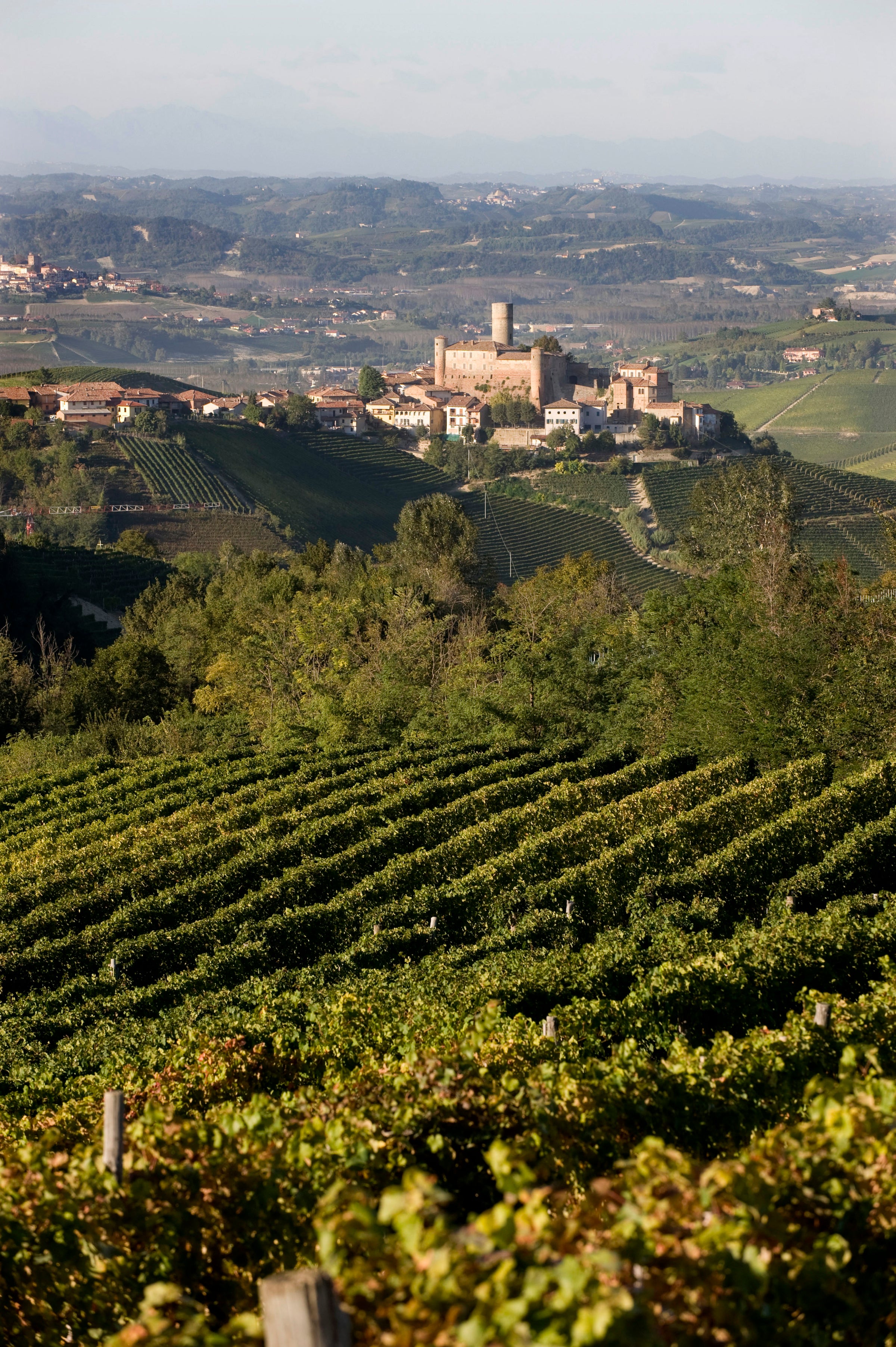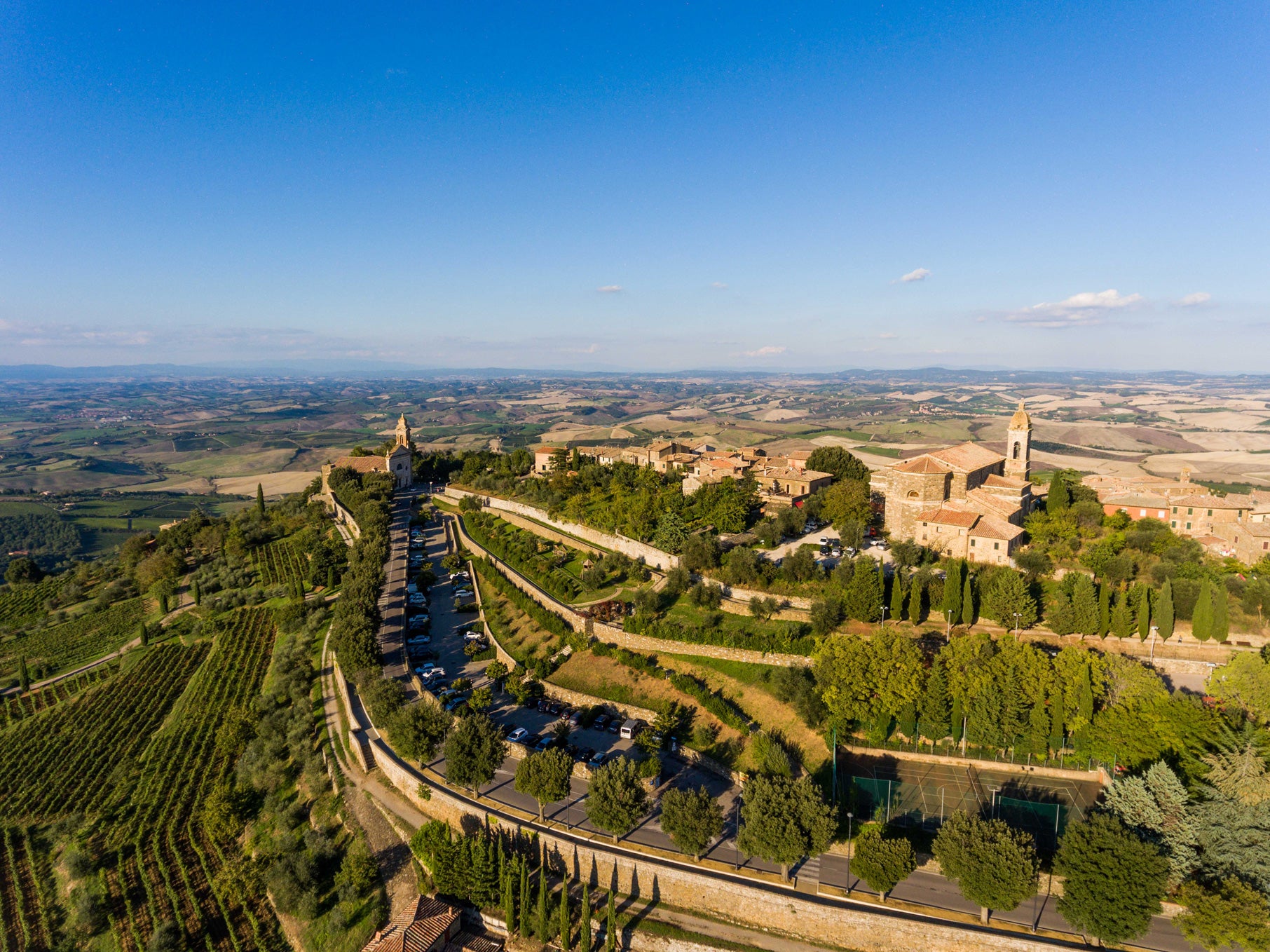SommSelect Editorial Director David Lynch celebrates one of the great Italian red wine values of the year—an exceptional Nebbiolo d’Alba with legitimate cellar potential.
Ian Cauble poured this wine for me blind, as he likes to do, and while I’m not always so great at this particular sommelier exercise, I felt like I was on solid ground with this one: pale garnet color, earthy and mineral on the palate, perfumed aromatics, firm tannins…to me it was young Barolo, no doubt, and one built for aging at that. Upon learning that it was a quite-inexpensive 2014 Nebbiolo d’Alba, I (a) pumped my fist in triumph at my near-correct guess and (b) took some more time (and sips) to appreciate what a serious achievement this wine is at this price. Those of you who follow Italian wine closely know that wines labeled with the “Nebbiolo d’Alba” or “Langhe” appellations (DOCs) are often billed as “baby” Barolos or Barbarescos; they’re crafted from the same grape but generally designed to be more accessible in both style and price. This wine from Poderi Colla has the price part nailed, but there’s nothing “baby” about it: It’s all grown up, built like Barolos costing twice as much. If you love Piedmontese wines as I do, jump all over this one!
This wine is a kindred spirit to Vietti’s “Perbacco” Nebbiolo, which is effectively de-classified fruit from their Barolo vineyards in Castiglione Falletto—and a go-to value pick for me for many years. However, it isn’t accurate to call this Nebbiolo from Colla a baby Barolo or even a baby Barbaresco, even though the property from which it hails falls just outside the Barbaresco DOCG boundary in the village of San Rocco Seno d’Elvio. Overall, the Colla family manages four different properties in the region—one in Barolo, one in Barbaresco, and two others within the municipality of Alba. On this wine’s back label you’ll see the word “Drago,” referring to the historic Cascine Drago, which the Collas acquired in 1994. This property is the source of what is perhaps the most famous Colla wine, “Bricco del Drago,” a blend of 85% Dolcetto and 15% Nebbiolo from a hilltop site.
The positioning of Cascine Drago and the labeling of this wine as “Nebbiolo d’Alba” prompted me to re-visit the differences between wines labeled thusly and those labeled “Langhe Nebbiolo.” The Langhe is the name for the broader area of sub-alpine hills, surrounding the town of Alba, that includes both the Barolo and Barbaresco zones within it. The Langhe DOC encompasses a larger geographic area and is thus more of a “catchall” in comparison to the Nebbiolo d’Alba DOC, which skirts both Barolo and Barbaresco but mostly falls on the northern side of the Tánaro River, overlapping the Roero DOCG. Many great Nebbiolo d’Alba wines are effectively ‘baby Roeros’ from the sandier soils of that zone, including several high-profile wines from a cru vineyard named “Valmaggiore.”
Ultimately, this 2014 from Poderi Colla is structured like a Barolo, grown quite close to Barbaresco, but it belongs to Alba. Beppe Colla, now in his late-eighties, is a legend around these parts: with help from his younger brother, Tino, he was the longtime winemaker at the Prunotto estate in Barolo, and a guiding force in the mapping of vineyards and the codification of the Barolo DOCG in the 1960s. Beppe and Tino were joined by Beppe’s daughter, Federica, when they founded Poderi Colla, and more recently, Tino’s son Pietro joined the team. They farm 8 hectares in Barbaresco, where the highlight is a wine from the “Roncaglie” cru, and 6 hectares in the “Dardi” sub-section of the famed “Bussia” vineyard in Monforte.
The soils at Cascine Drago are calcareous marls, much like those of nearby Barbaresco, and this 2014 has the kind of brooding, mineral savor and high-toned perfume of the best Nebbiolo wines. It was aged 12 months in large, Slavonian oak casks, and its aromas, flavors and textures are all resolutely “traditional.” In the glass it’s a deep, reflective garnet-red with slight hints of bricking at the rim, with a highly perfumed nose of dried cherry, black raspberry, orange peel, rose petals, leather, tobacco, and lots of crushed-stone minerality. The tannins and fresh acid provide the foundation for a powerful, earthy mid-palate; decant this wine a good hour before serving it in large Burgundy stems at 60 degrees. It’s a really serious wine with a long, aromatic finish, really blossoming with time in the glass and clearly built for aging. Do yourself a favor and forget a few bottles in your cellar—this wine has 5-10 years of aging potential and I suspect it will start to really show itself around 2020. This will be the first wine I turn to on the first chilly day of fall (and any number of chilly days thereafter) with my first osso buco of the season. I can’t wait. Cheers! — D.L.




